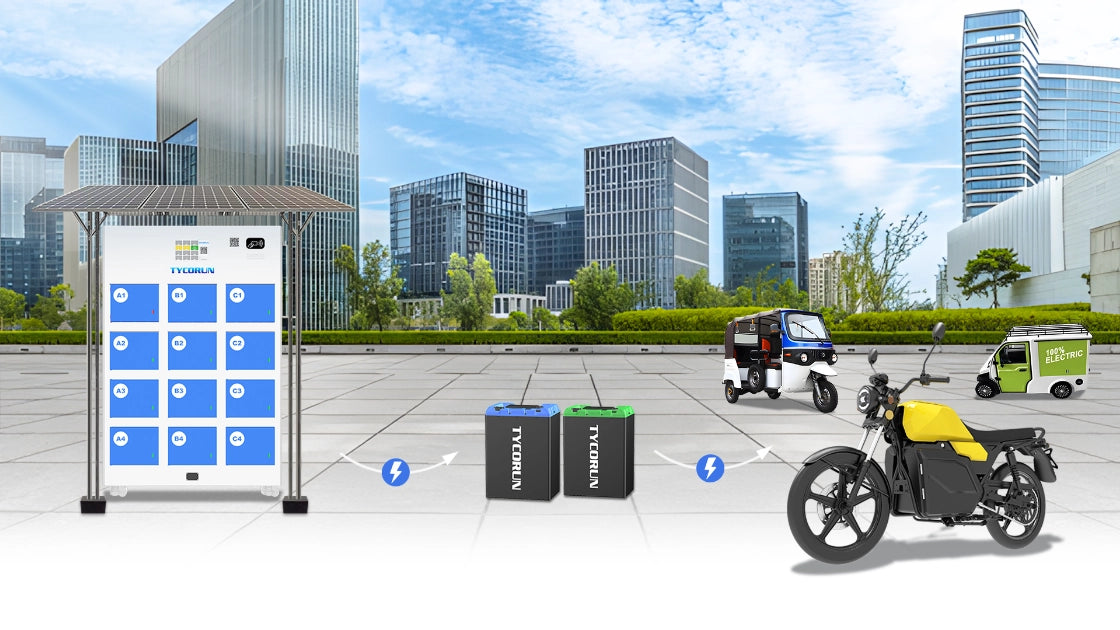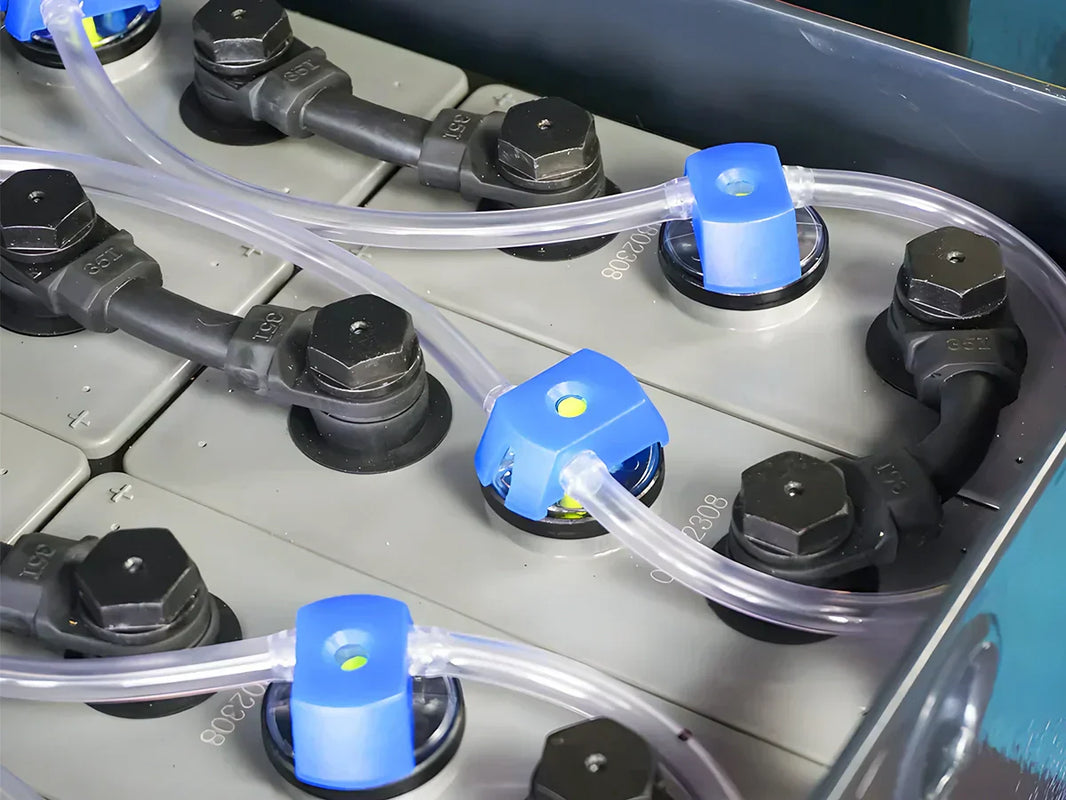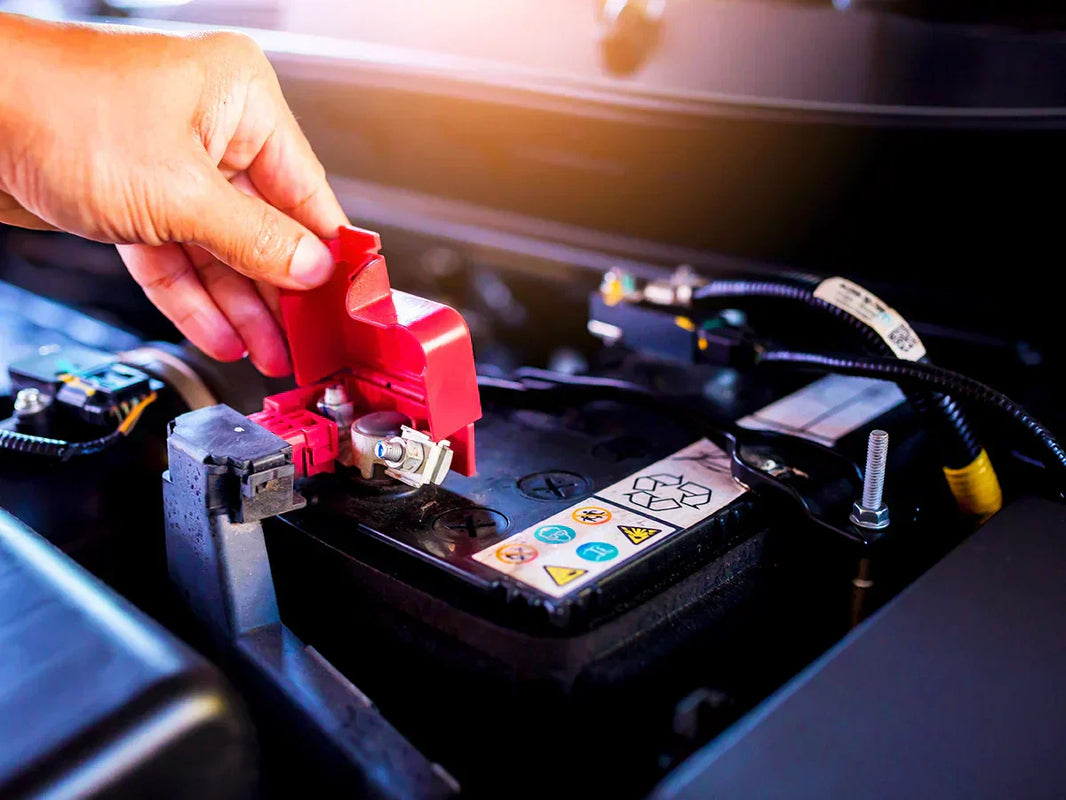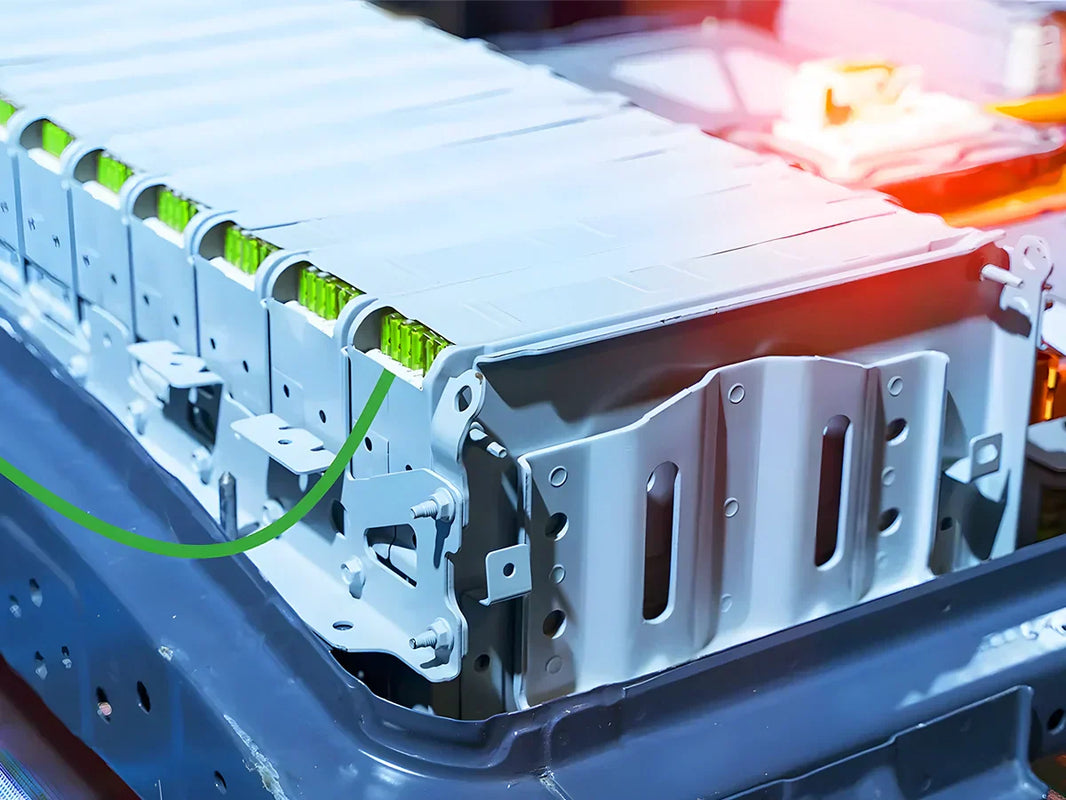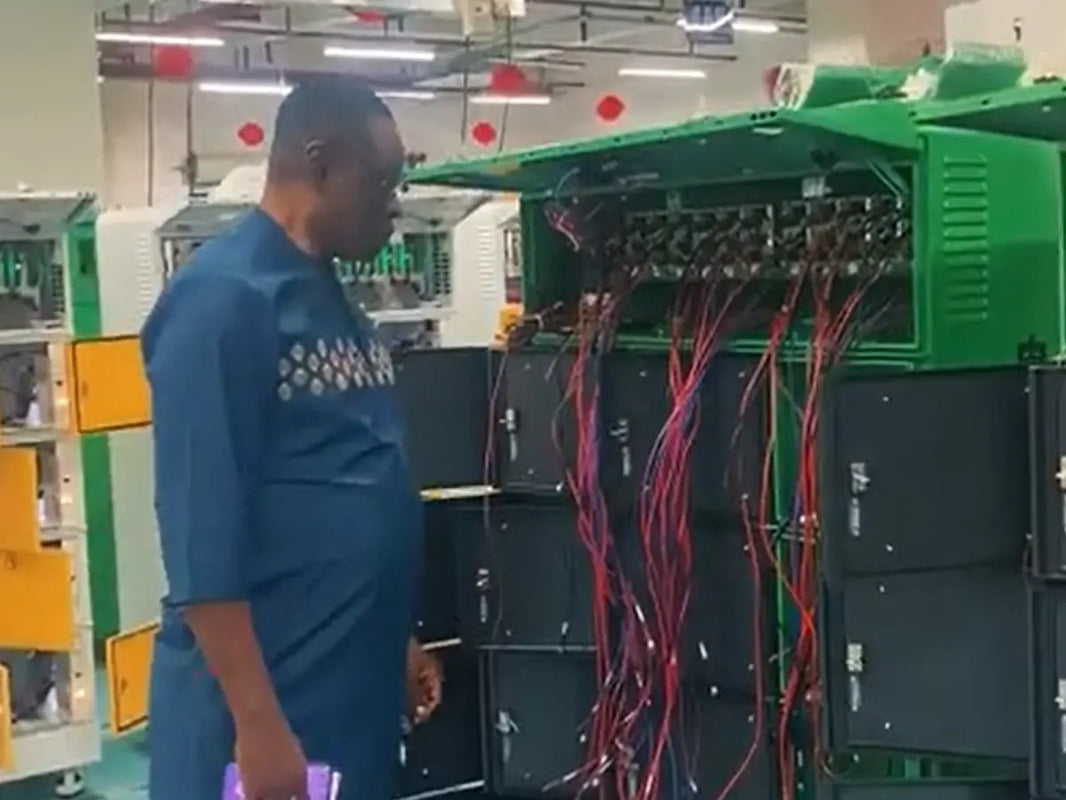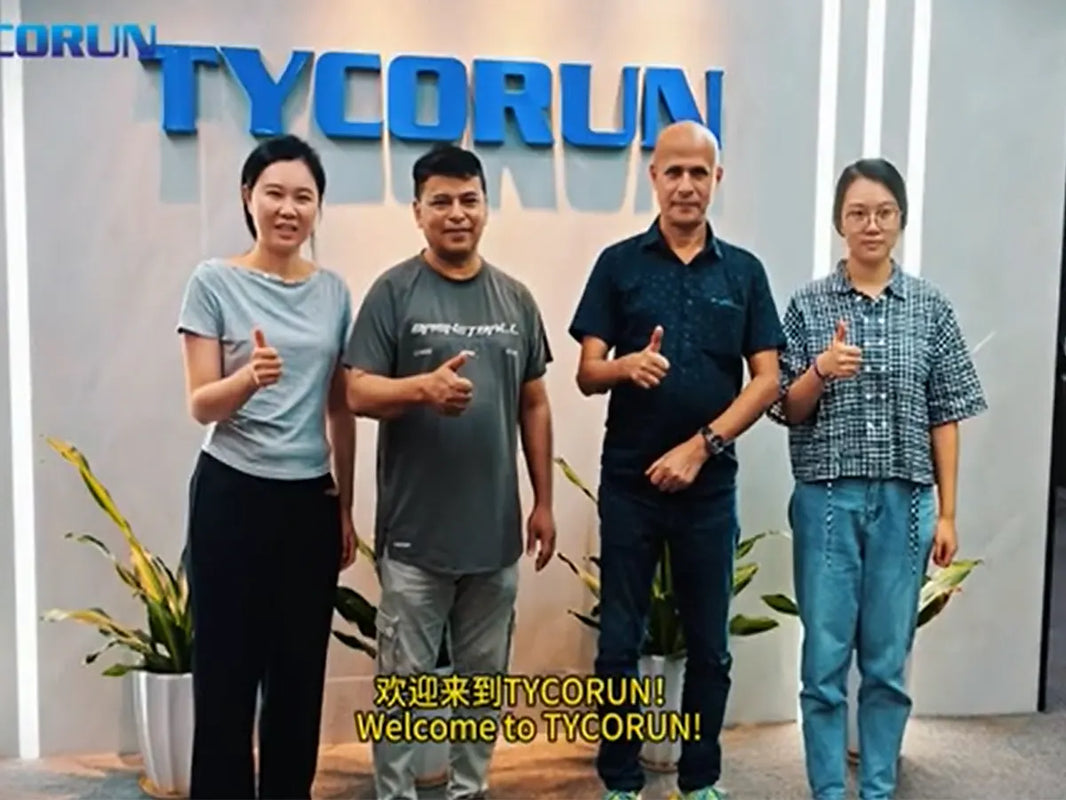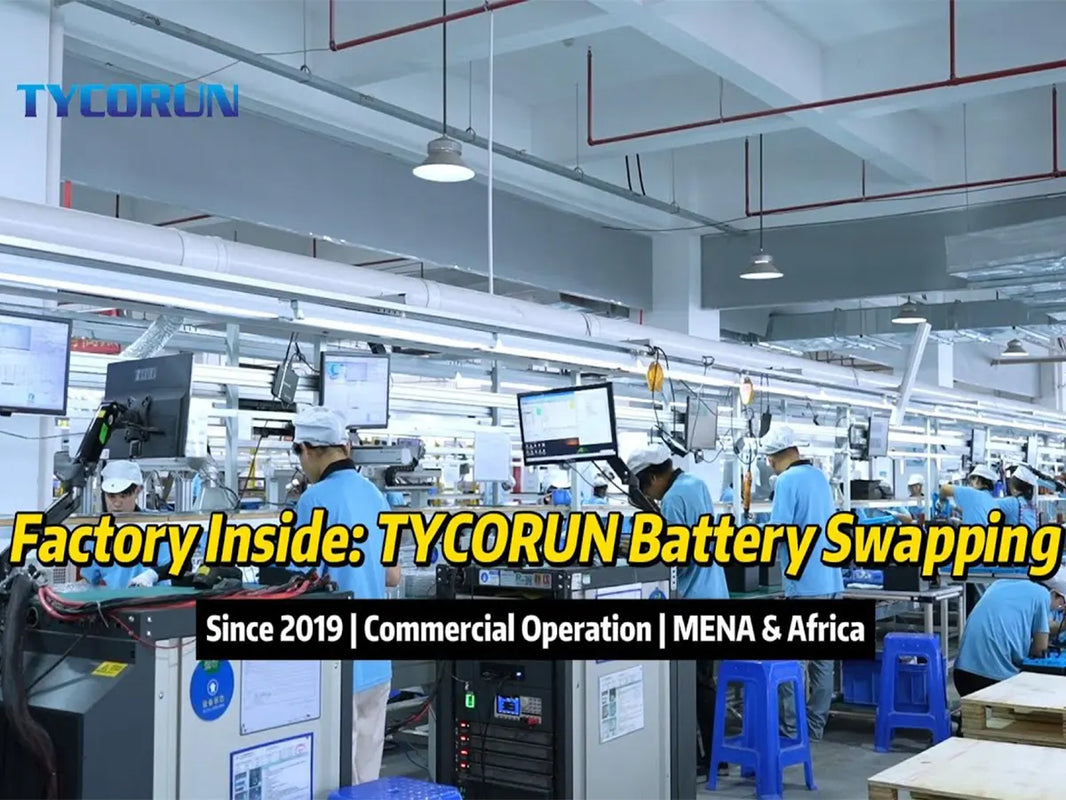
Main content:
The lithium air battery still has many issues that need to be solved. For example, the catalysis of oxygen reduction reaction, the oxygen permeability and hydrophobicity of air electrode, and the inactivation of air electrode.
1. The principle of lithium air battery
The anode of the lithium air battery uses Li, and the cathode material is oxygen in the air. During operation (discharge), the li of anode is oxidized to lithium ions, and the oxygen of cathode is reduced, resulting in an electric current. The lithium air battery with oxygen as cathode, have a high theoretical energy density.
And it's much higher than conventional lifepo4 battery systems. Lithium air battery is composed of cathode, electrolyte and anode, in the non-aqueous battery system, most of the pure oxygen is currently used as the reaction gas.
So lithium air battery can also be called lithium-oxygen battery. The lithium air battery can be divided into water systems, organic systems, water-organic hybrid systems and all-solid-state lithium air battery, according to the different states of the electrolytes used.

Among them, the system has poor reversibility due to the low specific capacity of lithium air battery using water-based electrolyte and the difficulty of metal lithium protection. Therefore, non-aqueous organolithium-air batteries and all-solid-state lithium-air batteries have been more widely studied.
2. Problems with lithium air battery
There are also some problems with lithium air battery. For example, its cathode material needs to have enough holes to allow air to enter it. And it should avoid reacting with impurities such as water vapor and carbon dioxide in the air to block the holes, so as to ensure the performance of the battery in operation.
In addition, the electrode needs to eliminate the effect of forming impurities such as Li2O2 (lithium peroxide) during reaction with oxygen. In addition, under the condition of coexistence of Li+ and O2, the potential of carbon increases.

It is easy to form lithium carbonate impurities with carbon dioxide in the air, which hinders the reaction. These problems cause the battery to fail to work after dozens of cycles of charge and discharge during the test.
3. Solid superionic electrolyte
After the battery has undergone 1200 charge and discharge cycles, although the battery can still work normally, the energy efficiency is not high enough. For this reason, a superionic conductor, which is solid under working conditions, but can allow ions to pass through, is currently the highest room temperature conductivity solid electrolyte.
It also ensures that the newly produced Li+ is evenly distributed on the electrode surface, avoiding the problem of lithium dendrite formation. Its structure is typical one-dimensional ion channel with a large surface area ratio. The diffusion rate of Li+ in the electrical interface can be significantly increased, and the lateral strain of the one-dimensional structure is small.
It can effectively buffer the large volume change of the electrode material during the charge-discharge cycle, maintain the stability of the material structure, and improve its performance. It can also connect other one-dimensional conductive channels to form a conductive three-dimensional network. In addition, it continuously exposes the electrode to air.
4. Good efficiency of lithium air battery
The charge-discharge capacity ratio is an important criterion for evaluating the cycle life of a battery. This sets the most critical limits on the life of the battery. Lithium air battery with new materials have a coulomb efficiency close to 100% even after more than 1,000 charge-discharge cycles, which indicates that the battery is still in a highly active state.
The brightest indicator is energy density. Even if lithium air battery is not yet mature enough to reach theoretical values, most lithium-ion batteries are currently more than twice as large.
5. Compare lithium sulfur batteries
● Working principle
Lithium sulfur batteries are secondary battery systems based on the reversible reaction of high specific capacity sulfur and lithium metal. Its raw materials have the advantages of low cost and environmental friendliness, so they have great potential for development.

The prototype of this lithium-sulfur battery uses lithium or lithium alloy as anode material, sulfur as cathode material and electrolyte. Since then, the discovery of ether-based electrolytes, the use of LiNO3 as an electrolyte additive, and the proposal of carbon/sulfur composite cathodes let the traditional top 10 lithium ion battery anode material companies opened the research boom of lithium-sulfur batteries.
● Advantages of lithium-sulfur batteries
- High theoretical capacity
- Good safety performance
- No oxygen evolution reaction
- Abundant and inexpensive sulfur resources
- Environmentally friendly
But lithium-sulfur batteries also have some challenging problems.
- Lithium polysulfide shuttle effect
- Insulating properties of elemental sulfur
- Large volume variations
- Unstable SEI caused by lithium anodes
- Security issues
- Self-discharge phenomenon
As a new generation of secondary battery system, lithium air batteries and lithium-sulfur batteries have very high theoretical specific capacity values, which have attracted extensive attention from researchers and the secondary battery market.
At present, these two types of batteries still face many scientific and technical problems, are in the early research stage of battery development, and key issues such as battery safety also need to be solved.
6. Practical use of lithium air battery
Thanks to a large number of basic mechanism research in the past ten years, the reversibility of lithium air batteries has been significantly improved, but practical performance indicators such as high specific energy have received less attention.

This article points out four key challenges in the practical application of lithium air battery, and discusses the latest progress and future improvement routes from the aspects of anode reversibility, specific energy and rate performance, and stability of open batteries.
● A truly reversible oxygen cathode
A highly reversible cycling reaction is one of the most critical requirements for the practicality of secondary batteries. However, due to the generation of a variety of highly active intermediate products (lithium superoxide, lithium peroxide, singlet oxygen, etc.) during the cycling process, poor reversibility is the most challenging problem for lithium air batteries. A rough estimate suggests that to achieve a practical level, batteries need to cycle at higher efficiency. But it is still difficult to achieve.
● Stable cathode and anode
The direct use of air is the key to achieving high specific energy and low cost of lithium air batteries, but most of the current research is carried out in pure oxygen. Using air as a source of active substances, it is first necessary to solve the problem of pollutants such as carbon dioxide and water.
Considering the thermodynamic and kinetic difficulties of selective permeation of oxygen from air, the establishment of reversible reaction pathways based on CO2 and H2O is a very advantageous choice. One problem that open systems cannot bypass is the volatilization of electrolytes.
In the future, it is necessary to develop solid electrolytes with high ionic conductivity and air stability. However, the above are all laboratory performances. The top 5 battery electrolyte companies conclude that it will take time for large-scale commercial use. In addition to the electrodes, electrolytes, and catalysts mentioned above, various external factors such as structure and size need to be considered. And whether the manufacturing cost can be kept within a reasonable range.
7. Conclusion
Although the reversibility of lithium air battery poses great challenges to their practical application, researchers have been relentlessly searching for the source of instability and developing various new strategies to improve the reversibility of the response for many years.
The proposal of several highly reversible systems has brought new possibilities for the practical application of lithium air batteries. On the road to future practicality, a number of problems remain to be solved.
Related articles: battery self discharge, deep cycle lithium ion battery, Lithium sulfur battery

